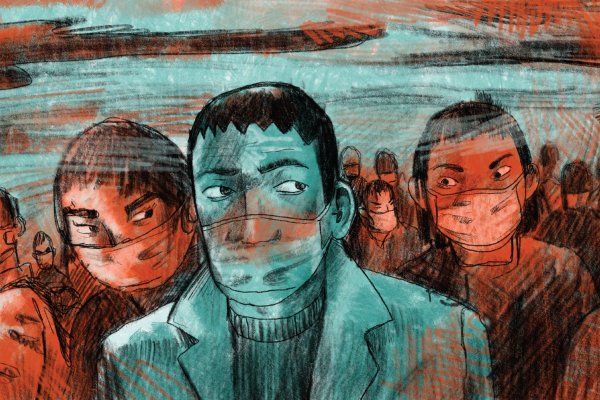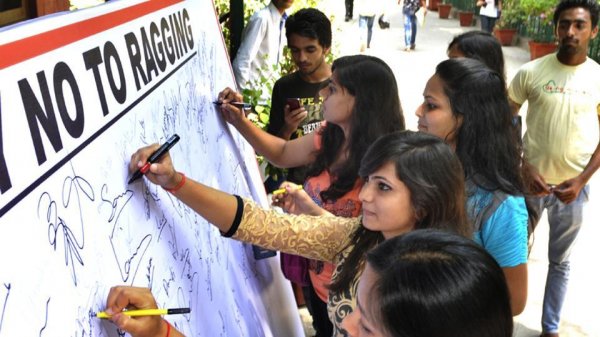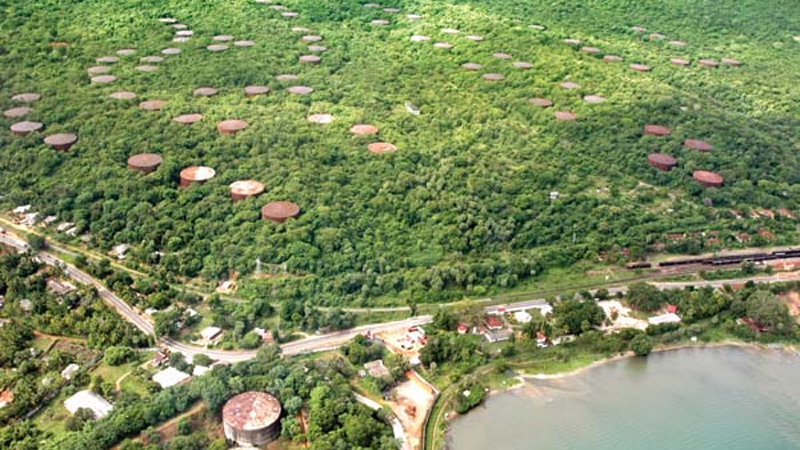
The Trincomalee oil tanks have been a hotly contested issue in recent days. With the Hambantota port deal completed, and the facility leased out for almost a century, fresh public concern has arisen about losing Sri Lanka’s assets to foreign powers. But the situation might not be as simplistic as the present government ‘selling out’.
The Tanks

One of the oil tanks in its current state. Image courtesy exploresrilanka.lk
The tanks are an engineering achievement lost to the jungle. Aerial views will show giant concrete circles rising up from the green forest. There are 101 tanks spread over 850 acres. Each tank is built from steel sheets an inch thick. The tanks closer to the harbour have additional support from inch-thick concrete rings forming an enclosure around them. Each tank has a capacity of 12,100 tonnes, which gives the entire 99-tank facility a capacity of around a million tonnes.
The History
The oil tanks aren’t even Sri Lankan made. The tank farm was built by the British colonial administration. Trincomalee was very important to British military operations in the East. After the fall of Singapore during World War II, Trincomalee served as the main base and headquarters for the Royal Navy’s Eastern Fleet. On Prime Minister Churchill’s recommendations, Lord Earl Mountbatten, the Allied commander for South East Asia, shifted operations to Kandy. During this time, Trincomalee was built as a fleet base. According to Churchill’s Navy: The Ships, Men and Organisation by Brian Lavery, Royal Navy ships as well as submarines of the Dutch Navy were housed here. In addition, the British had a large Royal Air Force airfield called RAF China Bay. This is now used as China Bay airport, run by the Sri Lanka Air Force.
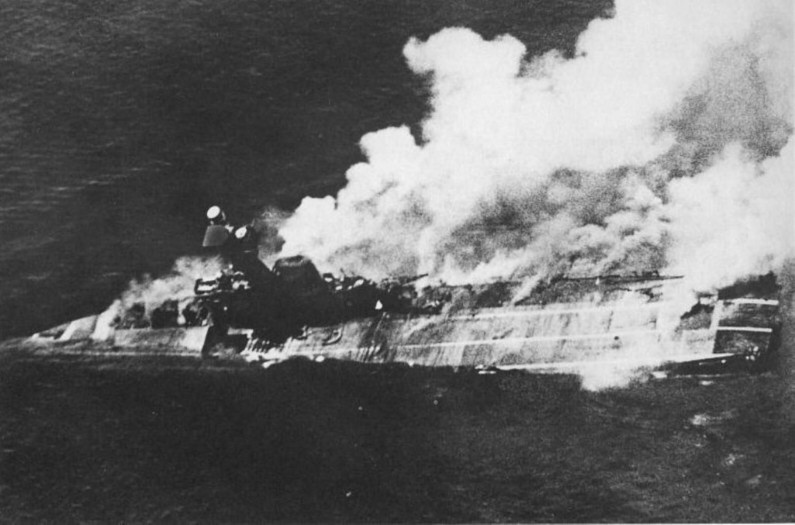
HMS Hermes sinks off the coast of Batticaloa after leaving Trincomalee harbour before the Indian Ocean Raid. (Public domain)
The oil tank farm was part of the fuel storage and support facilities for these military operations. In fact, it was targeted by the Japanese during their Indian Ocean Raid in April of 1942. Tank number 91 was damaged when a kamikaze pilot called Shigenori Watanabe made a run at it, with the resulting fire said to have lasted seven days. The engine of that aircraft can now be seen at the Colombo Air Force Museum. Another tank was destroyed in the 1960s when an Air Force aircraft crashed into it. As a result, only 99 tanks of the initial 101 are still present today.
The Ownership
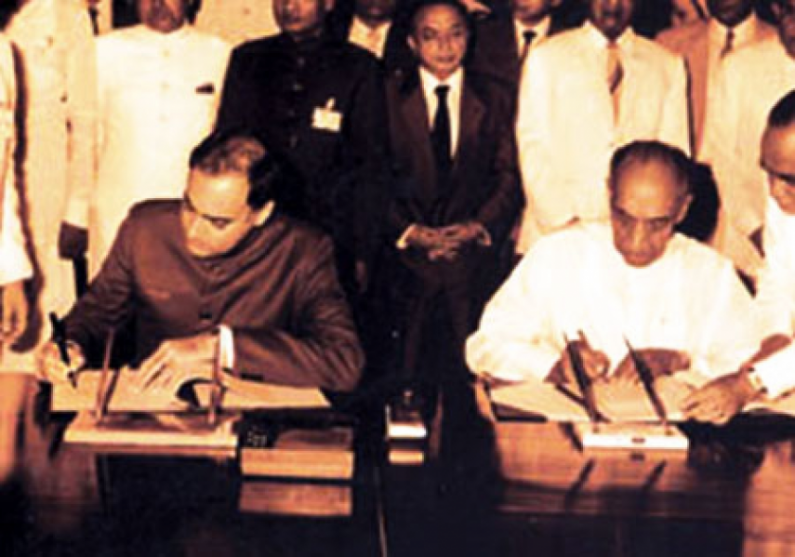
President J. R. Jayewardene and Prime Minister Rajiv Gandhi sign the Indo-Lanka accord. Image courtesy asiantribune.com
After the British left, the tanks were left unused. Speaking to The Hindu, Minister of Petroleum and Petroleum Gas, Chandima Weerakkody, said that the British retained ownership till 1958, when Prime Minister S. W. R. D. Bandaranaike paid GBP 237,000 (approximately one billion rupees today) to buy them for Sri Lanka. The CPC later started using 15 tanks that were close to the harbour. And while the recent Indian interest has sparked protests, India has always had first preference with regard to the oil tanks, since they were included in the Indo-Lanka accord signed by President J. R. Jayewardene and Prime Minister Rajiv Gandhi all the way back in 1987.
Since 2003, the facility was leased to the Indian Oil Corporation’s’s Sri Lankan subsidiary, Lanka IOC. Under that agreement with the then UNP-led Sri Lankan government and the Ceylon Petroleum Corporation, Lanka IOC would develop the tank farm over the lease period of 35 years. Lanka IOC would pay a rent of USD 100,000 annually for these privileges. Lanka IOC started using 14 of the tanks in the lower tank farm and since then, has invested heavily in refurbishing the facilities as much as possible. Sri Lanka has taken advantage of Lanka IOC’s presence, as well—Lanka IOC has given the CPC petroleum products from its storage tanks at Trincomalee for CPC’s distribution needs. During war times, these were obtained at a war-risk-premium, which is still owed to Lanka IOC by the CPC.

Lanka IOC Trincomalee Oil Terminal Image courtesy colombogazette.com
To date, Lanka IOC has spent almost LKR 12 billion on petroleum facilities in Sri Lanka as a whole, including the Trincomalee tank farm. Although they did attempt to make further use of the facility, the new government that came to power in 2004 did not seem keen on implementing the agreement. In 2012, Lanka IOC applied to invest USD 5.2 million in the Upper Tank Farm to build a facility to handle bitumen, also known as asphalt, which is primarily used for road construction. But approval was not granted.
So while Lanka IOC kept paying USD 100,000 every year, the facility lay mostly unused and the agreement was left in the air without being formalised.
What Now?
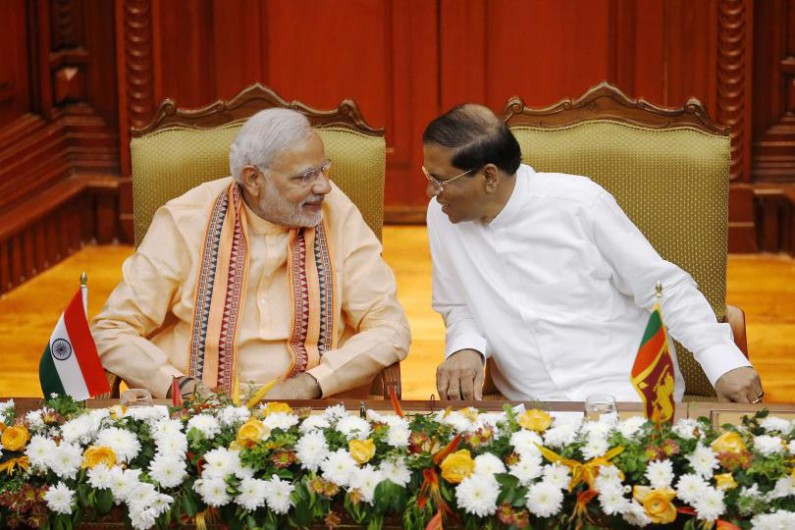
India’s Prime Minister Narendra Modi talks to President Maithripala Sirisena at the Presidential Secretariat in Colombo March 13, 2015. Image credit: Reuters/Dinuka Liyanawatte
With the advent of the current Sri Lankan administration, India made fresh efforts to utilise the tank farm. When Prime Minister Modi visited Sri Lanka in 2015, a “Joint Task Force” was announced that would make plans for a petroleum hub in Trincomalee. While nothing panned out at the time, at present, plans still seem to be moving forward with regard to a joint venture over the entire tank farm. The current proposal will give the CPC control over 10 tanks, while India will get 14 tanks, and the remainder will be developed as a joint venture.
The proposal has come under much criticism in the recent past, particularly from CPC workers who have not shied away from taking trade union action over it. The trade unions blame successive governments for not making use of this national asset. They say that a profitable deal with Singapore was on the cards in 2002, which was abandoned in favour of India. They also allege that Lanka IOC is using the tanks illegally since the agreement of 2003 was never formalised. The unions also point out that if the CPC distributes fuel to the North, East and North Central Provinces from Trincomalee, it could save LKR 900 million a year in transport, shipping and late fees— which is a far greater sum than the lease paid by Lanka IOC.
Why So Serious?
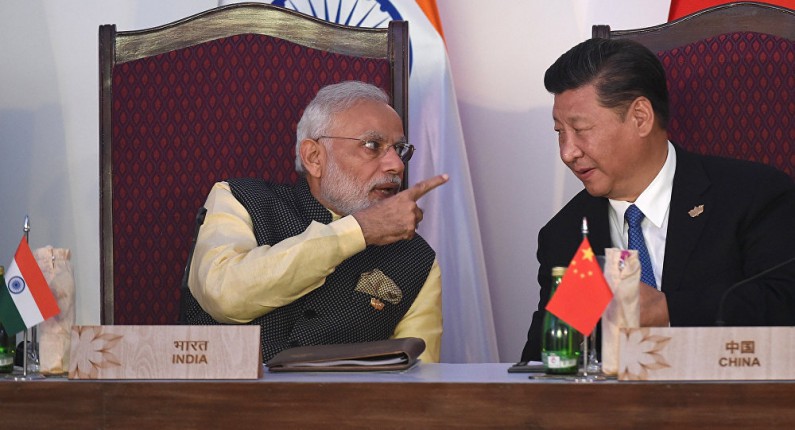
Indian Prime Minister Narendra Modi, left, talks with Chinese President Xi Jinping at the signing ceremony by foreign ministers during the BRICS summit in Goa, India, Sunday, Oct. 16, 2016. Image credit: AFP/Prakash Singh
Trincomalee is of great strategic value to anyone who has influence over the port and the oil storage facilities. For Sri Lanka and India, it’s an important political balancing act. Since India’s geopolitical rival China has a substantial foothold in Hambantota, appeasing and placating India is important for Sri Lanka for continued Indian support. India has even offered to run the much-maligned Mattala International airport through a 70/30 joint venture over 40 years. If India acquires both the oil tanks and the airport, that would give them a lot of political clout to throw in China’s direction. In any case, for petroleum-hungry India, which is one of the largest consumers of petroleum products in the world, having such a large petroleum storage facility available in close proximity would be immensely valuable.
In addition, Sri Lanka is a shipping hub, and will play an even more crucial role in the future, as China’s One Belt One Road initiative (OBOR) comes into play. OBOR is China’s plan to increase its trading opportunities and geopolitical influence by creating a modern Silk Route across Asia that links to the Middle East and Europe. The Chinese have funded major infrastructure projects in countries that lie along the route so that the Chinese government and corporations can take advantage of them in the future. There have been plans for Thailand to build a canal, called the Kra Canal, with Chinese OBOR funding. This would run through Thailand, cutting shipping time through the South China Sea by a significant amount. The canal would mean shipping lanes bypassing Singapore as port of call, in which case they could stop at Sri Lanka for refueling instead. So having a large fuel storage facility next to a functioning deep water port becomes very valuable if this comes to pass.
Speaking to VOA news in April, Paikiasothy Saravanamuttu of the Center for Policy Alternatives said that “The spin off of that [project] is balancing what is perceived as predominant Chinese influence as far as the economy is concerned.”
Unfortunately, with neither the funds nor the full rights to the oil tanks, Sri Lanka cannot handle a venture using the tanks on its own. So despite public fears of indefinitely giving away state assets to foreign powers, it’s more than likely that a deal will go through for the Trinco Oil tanks. We can only hope that years down the pipeline, Sri Lanka will stand to gain something substantial from any deal that is made right now.
Featured image: The China Bay oil tanks as seen from the air. Image courtesy dailynews.lk

